Market downturns are an unavoidable reality. They can arrive suddenly—triggered by world events, economic slowdowns, or shifting investor sentiment—and leave portfolios battered if you haven’t prepared. For many, these downturns spark fear, sometimes leading to panic-selling at the worst possible times. Yet, Warren Buffett, often called the “Oracle of Omaha,” has spent decades showing that market volatility doesn’t have to be a nightmare. His consistent track record of weathering financial storms offers valuable lessons on how to safeguard your wealth.
![]()
Buffett’s credentials speak for themselves. As CEO and Chairman of Berkshire Hathaway, he has built a legendary career identifying undervalued companies, maintaining a disciplined approach, and letting compounding do its magic over time. But beyond raw performance, his strategies exhibit a calm, methodical method of risk management—an approach that fosters resilience even when markets tumble. He’s fond of reminding people that short-term dips don’t necessarily reflect long-term business fundamentals. This conviction is what steers him away from emotional trading or impulsive decisions sparked by sensational headlines.
Why is Buffett’s perspective on downturns particularly relevant to everyday investors? First, he underscores that risk often stems from not understanding what you’re getting into. Whether you’re dabbling in complex financial instruments or simply buying shares of a company you haven’t researched, ignorance can magnify your vulnerability to sudden economic shifts. By contrast, Buffett advocates for clarity, deep research, and a strong sense of why you own specific stocks. This tactic doesn’t eliminate downturns, but it equips you to respond with rationale rather than panic.
Second, Buffett spotlights the importance of preserving capital. He routinely references the old adage “Rule No. 1: Don’t lose money. Rule No. 2: Don’t forget Rule No. 1.” While no strategy can guarantee you’ll never see your portfolio value fluctuate, adopting a mindset that prioritizes capital preservation sets a tone of caution. It encourages you to avoid high-leverage scenarios, scrutinize companies’ debt levels, and prefer stable, cash-generating businesses.
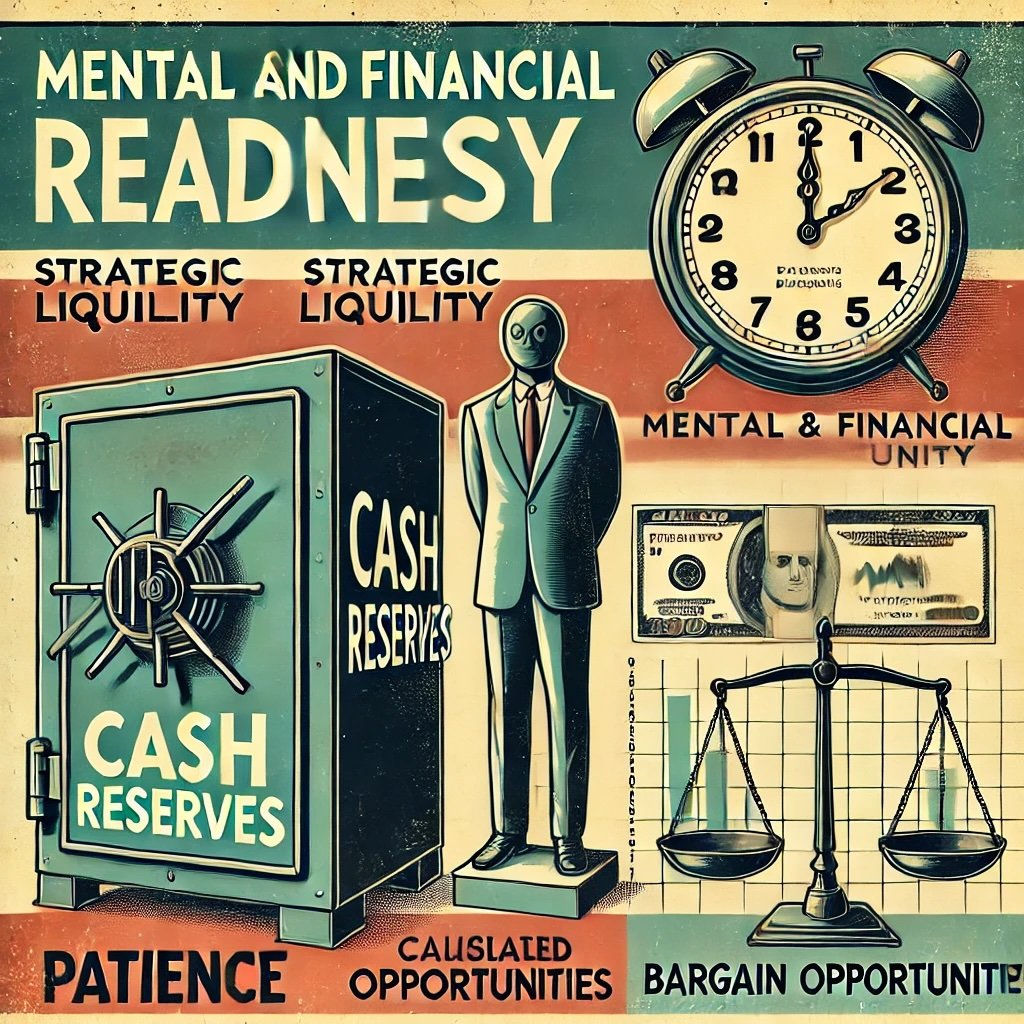
Third, Buffett’s approach is built on measuring a firm’s intrinsic value, ignoring short-lived market drama. When others succumb to fear, he frequently sees a chance to buy quality businesses at a discount. This contrarian stance isn’t merely about seizing bargains; it’s rooted in a belief that markets can irrationally undervalue stocks during downturns. If you know the real worth of a company, you can differentiate between a mere slump in share price and a genuine collapse of business prospects.
Finally, Buffett fosters mental and financial readiness. He often holds substantial cash reserves, poised for deployment when market prices dip below reasonable valuations. This doesn’t just let him bargain-hunt; it also buffers him from making hasty, fear-driven moves. Liquidity becomes a strategic tool, cooling the pressure to offload shares the moment things look grim. He can remain patient, waiting for the right investment window to open.
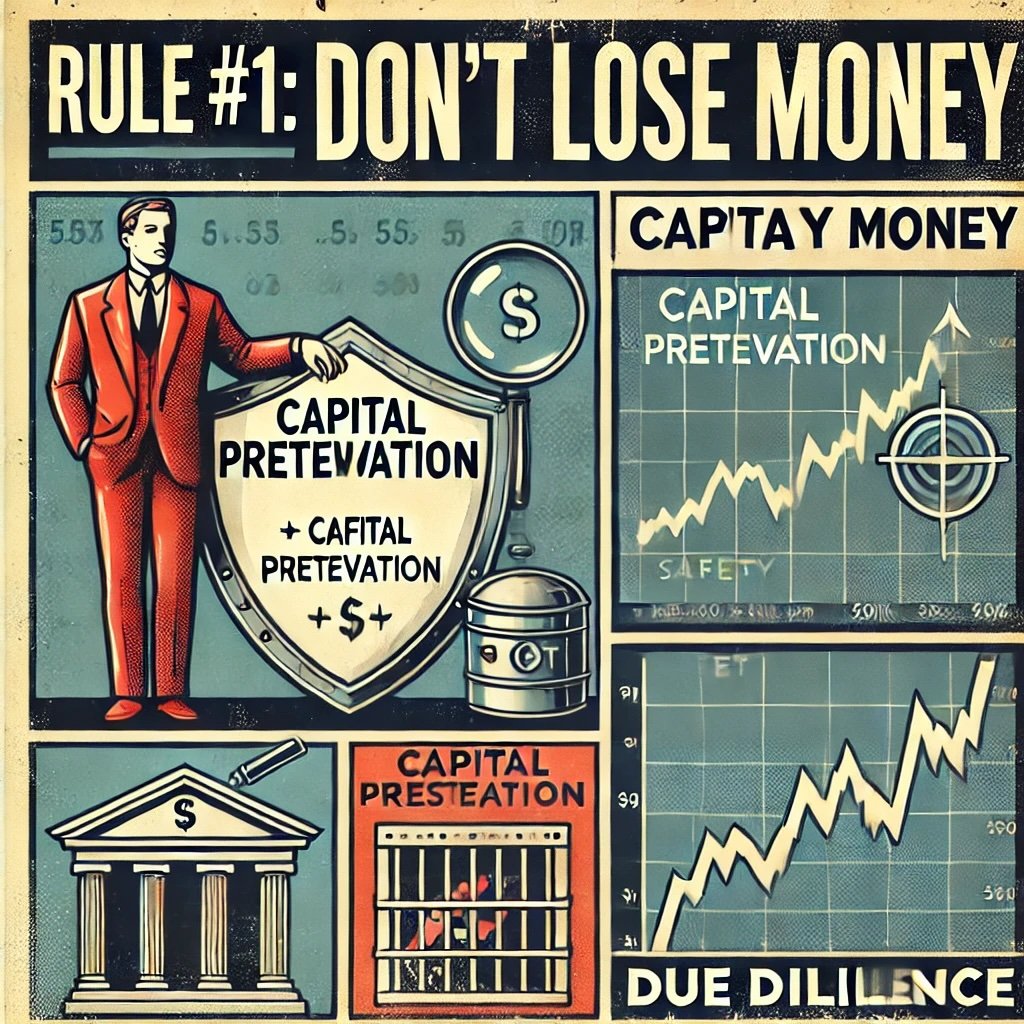
Buffett’s Core Principles for Navigating Downturns
Risk Comes from Not Knowing What You’re Doing
Warren Buffett repeatedly stresses the importance of understanding your investments. Many times, market downturns become catastrophic for individuals because they piled into assets without truly grasping how those assets generate value. In bull markets, inexperience can be masked by rising prices. But once a downturn hits, confusion and panic can set in. Buffett’s mantra? Do thorough research. If you can’t explain how a company makes money or what factors drive its success, perhaps you shouldn’t invest there. This philosophy ensures that each holding in your portfolio is grounded in logic rather than speculation.
The principle extends to complex financial instruments as well. From derivatives to leveraged exchange-traded funds (ETFs), countless products promise big returns but carry risk. Buffett himself warns about instruments he doesn’t fully comprehend. If even a legendary investor refrains from certain complexities, it’s a powerful reminder that ignorance can be expensive. In downturns, those who are unclear about an asset’s real mechanics tend to capitulate quickest, often selling at losses.
Rule #1: Don’t Lose Money
One of Buffett’s most repeated quotes: “Rule No. 1: Never lose money. Rule No. 2: Never forget Rule No. 1.” This might sound overly simplistic—after all, no investor can completely avoid losses. The deeper implication is about capital preservation. Buffett suggests aiming to avoid irreversible financial damage. If you sink large sums into high-risk ventures without hedging or diversifying, you jeopardize your entire portfolio. In a severe market downturn, ill-conceived bets can wipe out years of gains in the blink of an eye.
To follow Rule #1, you don’t necessarily need to become risk-averse to the point of stagnation. Rather, it’s about stacking the odds in your favor. Buy businesses at valuations that allow a margin of safety, so that even if the stock dips, the gap between price and intrinsic worth cushions your risk of permanent capital loss. This approach encourages caution and thorough due diligence, especially in frothy markets where euphoria can drive valuations to unsustainable levels.
Focus on Intrinsic Value
Another reason Buffett remains calm in downturns is his unwavering focus on intrinsic value. The market price, in his view, is often a short-term reflection of emotions—greed, fear, optimism, or pessimism. Intrinsic value, by contrast, is the true economic worth of a company, derived from its current and projected earnings, cash flows, and competitive edge. When prices plunge below this intrinsic value during a market crash, Buffett sees an opportunity, not a catastrophe.
If you’re adopting Buffett’s strategy, you’d want to ask: what is this company realistically worth, based on its fundamentals and potential for growth? Market swings might knock down the stock price by 30% or more, but if your analysis pegs the business’s intrinsic worth much higher, you can hold or even buy more with confidence. You’re not ignoring the downturn, but you’re interpreting it differently: as a mispricing rather than a harbinger of the end.
The Nuance of These Principles
Taken together, these core principles—knowing your investments, preserving capital, and zeroing in on intrinsic value—anchor Buffett’s resilience in choppy markets. However, they require discipline. When the broader market panics, or headlines proclaim a financial apocalypse, emotional fortitude is tested. Many know these guidelines in theory but struggle to apply them when fear grips them. Buffett’s success arises because he embodies these principles consistently. He’s not perfect, but his track record suggests that following this framework can significantly cushion the impact of a downturn.
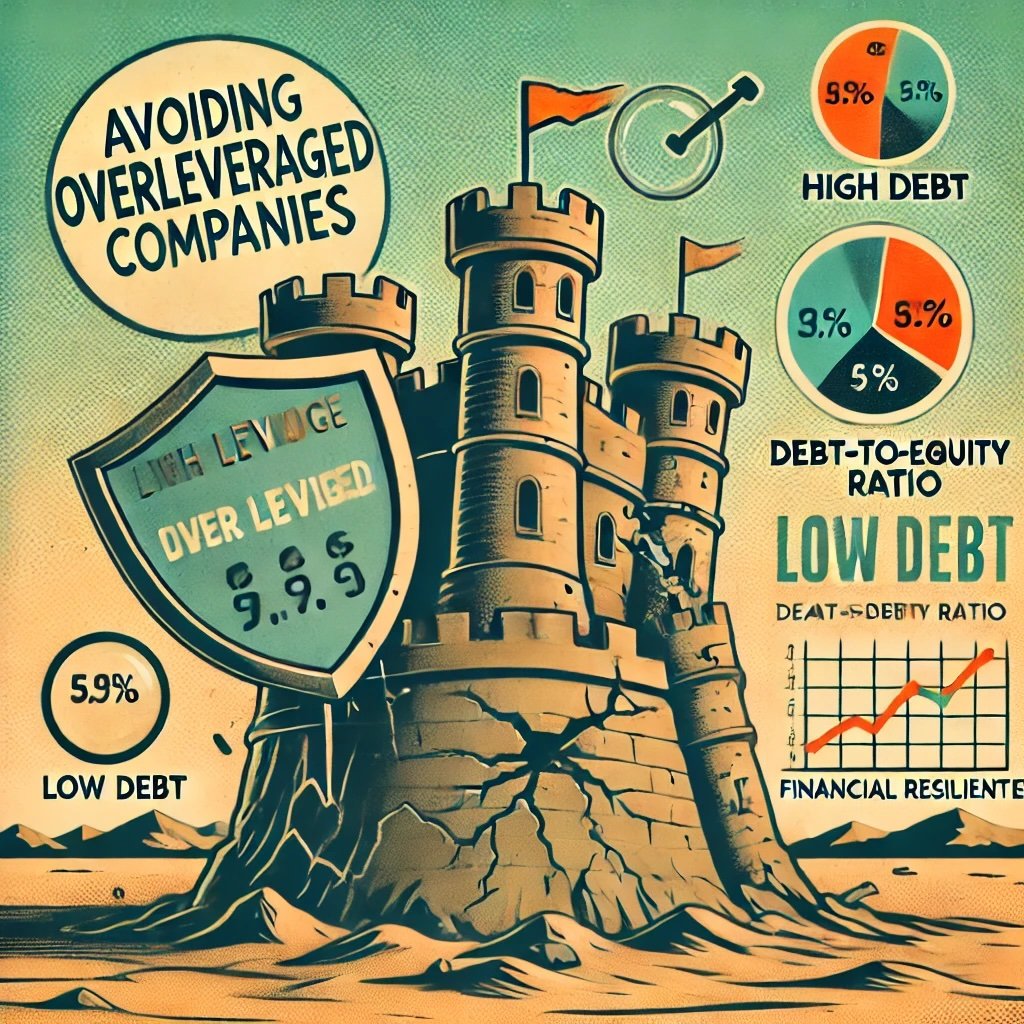
The Power of Diversification and Moats
Diversification to Mitigate Risk
One misconception about Warren Buffett is that he opposes diversification entirely because he famously states that “diversification is a protection against ignorance.” Actually, Buffett doesn’t dismiss diversification outright; he just believes in focusing on businesses you truly understand and that exhibit sustainable competitive advantages (or “moats”). He invests heavily in those select opportunities. However, for everyday investors who haven’t developed Buffett-level expertise in analyzing companies, a certain level of diversification can significantly reduce the impact of any single stock or sector’s downfall.
Still, even Buffett’s portfolio at Berkshire Hathaway contains a variety of industries: finance (Bank of America, American Express), consumer goods (Coca-Cola), technology (Apple), and transportation (BNSF). This diversification ensures that if one sector struggles during an economic slump, others might remain stable or even flourish. The lesson is to strike a balance. While extreme diversification (owning 200 stocks) can dilute gains, zero diversification might expose you to excessive risk if a single holding collapses. A middle ground—holding a handful of well-researched, reliable companies—aligns with the Buffett spirit while offering resilience against market turbulence.
Economic Moats
Central to Buffett’s strategy is the concept of an “economic moat.” Coined by Buffett, this term refers to a company’s durable competitive advantage that fends off rivals. It might be a powerful brand (think Coca-Cola or Apple), a unique technology protected by patents (pharmaceutical leaders, for instance), or a network effect so expansive that newcomers can’t match it. A strong moat doesn’t just boost profits in good times; it also provides insulation during economic downturns. Customers remain loyal, revenues stay comparatively stable, and the business can outlast weaker competitors.
Identifying moats can involve analyzing market share, brand loyalty, cost advantages, or regulatory barriers. When storms come—like recessions or bear markets—these moats keep the company afloat. Buffett invests in such businesses because, historically, they rebound faster or suffer less. If you’re building a portfolio to withstand downturns, seeking companies that enjoy strong moats can be instrumental. You can ask questions like: Does this brand hold pricing power? Are customers so entwined with this service that they won’t easily abandon it in a pinch? Can new players realistically replicate the scale or distribution networks that this company possesses?
Avoiding Overleveraged Companies
Even if a company appears to have a promising moat, excessive debt can crack that protective barrier. High leverage means substantial interest payments. In a downturn, revenue might shrink, making it hard to meet those obligations. This is why Buffett scrutinizes balance sheets, focusing on debt-to-equity ratios and interest coverage. Companies with moderate to low debt can better endure shrinking demand. Those burdened by heavy debt often must slash spending or divest assets at fire-sale prices, compounding losses.
Consider the 2008 financial crisis: heavily leveraged financial institutions faced bankruptcy or needed bailouts, while more conservatively financed firms survived or even thrived. Buffett’s disdain for overleveraged structures stems from such risks. Carrying too much debt is like building a fortress on quicksand. In stable times, it looks fine. In a crisis, it reveals a structural flaw. For personal portfolios, the takeaway is to watch the debt levels of your holdings or your own leverage. Over-reliance on margin or risky credit can be devastating if markets turn.
Integrating Moats and Diversification
In synergy, diversification and moat-hunting create a sturdy shield against downturns. You’re not betting everything on one industry or stock, yet you’re focusing on those enterprises that dominate their fields and maintain robust fundamentals. If a global slowdown hits, each moat-protected company can rely on brand loyalty, cost efficiency, or network advantages to sail through the turbulence with less damage than companies lacking these defenses. Meanwhile, your overall exposure is spread out enough to cushion a blow from any single source.
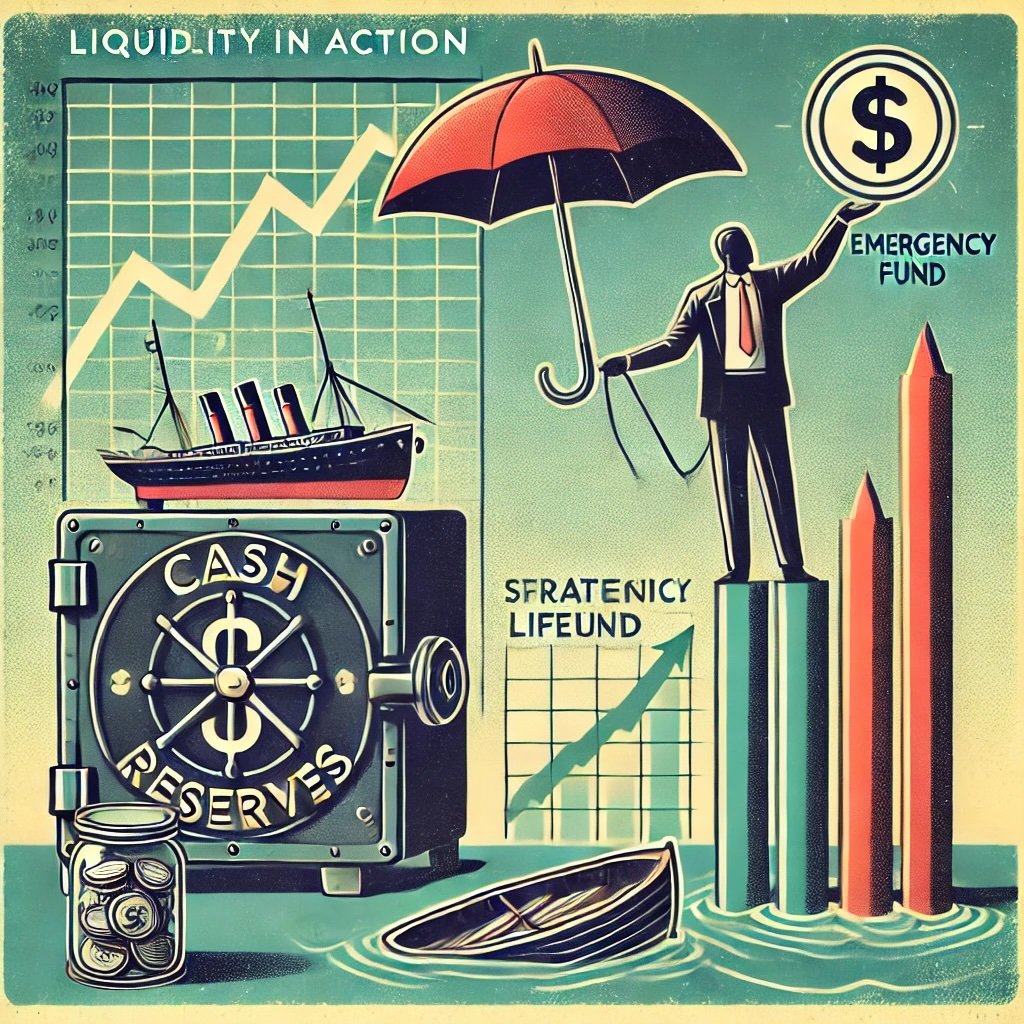
Cash Is King: The Role of Liquidity
Holding Cash Reserves
A hallmark of Warren Buffett’s approach is maintaining a substantial cash position, even though Berkshire Hathaway invests in a slew of businesses. At times, observers wonder why he doesn’t deploy all his capital into the market to chase potential gains. The answer is twofold. First, as Buffett acknowledges, having a robust cash buffer offers a sense of security. In bull markets, it may appear suboptimal since uninvested cash doesn’t generate huge returns, but when downturns hit, that liquidity transforms into a strategic advantage. It allows Buffett to avoid selling assets at depressed prices just to cover costs or service debt. Instead, he can ride out storms, confident in his ability to meet Berkshire’s operational needs without liquidating core holdings.
Second, a ready pile of cash lets Buffett capitalize on distressed opportunities. When the market panics and otherwise healthy firms see their stocks nose-dive, liquidity positions him to scoop up undervalued shares at bargain prices. While others scramble for funds amid a credit crunch, Buffett can strike quickly, securing favorable deals—such as the crisis-era investments in Goldman Sachs or Bank of America. This approach epitomizes contrarian thinking: by saving capital and waiting patiently, he can deploy it in times of widespread fear.
Patience Pays Off
Maintaining a cash cushion requires patience, a quality Buffett has in spades. Market euphoria can tempt investors to go “all-in” when prices seem to climb endlessly. Yet Buffett’s track record demonstrates that booms often precede busts; eventually, downturns materialize. Retaining some capital on the sidelines ensures you’re not trapped if the market pivots sharply downward. Additionally, it fosters an emotional buffer—knowing you have liquidity can calm nerves when stock indices decline. You’re less prone to panic-selling because you’re not reliant on pulling out funds in distress.
For individual investors, this might translate into keeping a chunk of money in a savings account or short-term bonds rather than funneling every last cent into equities. The precise percentage of cash to hold varies based on risk tolerance and market conditions, but the principle stands: liquidity is a resource, not just a missed opportunity. Think of it as an option to buy stocks at lower prices should a correction occur, or simply as a safeguard against unexpected life expenses so that you don’t have to prematurely sell long-term investments.
Avoiding Emotional Cash Burn
One misconception is that holding cash leads to FOMO (fear of missing out) when markets surge, potentially causing anxiety or rash decisions. Buffett’s stance is that you should only invest in clear opportunities that meet your criteria for safety and return potential, rather than investing for the sake of being “fully invested.” The cash is there for a reason: to protect you and to empower you when valuations become attractive. It’s not supposed to chase every spiking ticker symbol.
The real emotional trap arises if you abandon your strategic plan at the first sign of a bull run, dumping cash into frothy stocks. Buffett counters this by sticking unwaveringly to fundamentals. Unless the underlying math supports an investment, he’ll keep his powder dry. He’s willing to watch markets climb without him, secure in the knowledge that staying disciplined often yields better outcomes in the long run.
Liquidity in Action
Take the 2008 financial crisis. Many investors found themselves overleveraged or lacking liquid assets. They had to sell holdings into a plunging market, solidifying losses. Buffett, however, had billions in cash at Berkshire’s disposal. He extended financial lifelines to firms like Goldman Sachs, reaping lucrative terms. This wasn’t luck; it was the fruit of a carefully orchestrated liquidity management strategy, enabling him to act when everyone else was retreating.
In your own portfolio, cash plays a parallel role—scaled down, of course. It helps cover emergencies, shields you from forced sales, and sets the stage for opportunistic purchases. When combined with the ideas of diversification and moats, this liquidity stance forms another layer of protection against downturns.
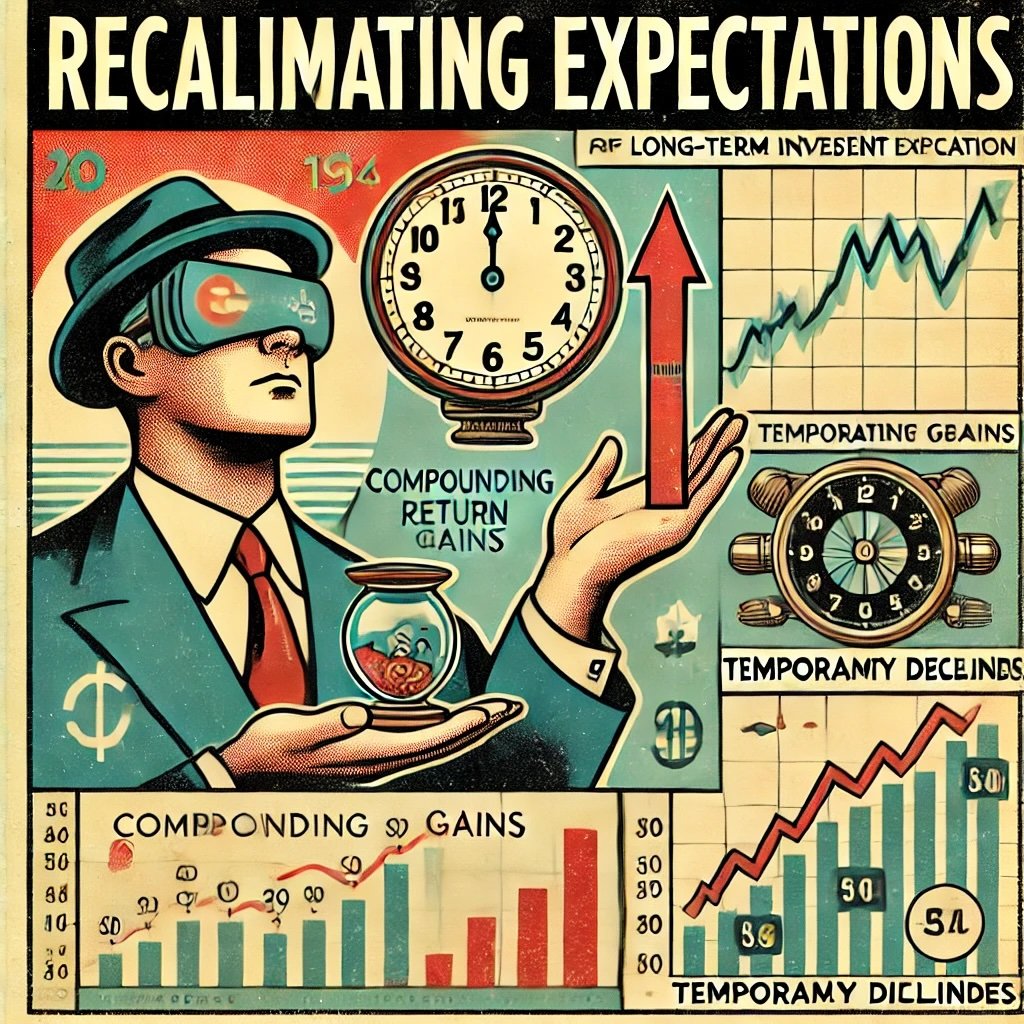
Long-Term Thinking as a Shield Against Panic
Buy and Hold Forever
One of Warren Buffett’s most iconic statements involves his ideal holding period: “forever.” Though literal eternity isn’t feasible, the spirit behind this quote underscores his commitment to investing in businesses he believes will endure for decades. This stance guards against panic-selling because if you’re comfortable owning a stock for ten or twenty years, you won’t be as spooked by a six-month slump. You’ve chosen companies based on fundamental strength, robust management, and lasting competitive edges, meaning short-term gyrations don’t rattle your faith in long-term prospects.
Moreover, this approach stands in stark contrast to day trading or short-term speculation, where every price tick can trigger anxiety. By anchoring decisions to a multi-year horizon, Buffett effectively filters out ephemeral market noise. This psychological buffer alone can be enormous, preventing impulsive moves that crystallize losses. For everyday investors, adopting a “buy and hold” ethos can reduce churn in your portfolio, saving on transaction fees and stress alike.
The Power of Compounding
Another reason Buffett preaches patience is the magic of compounding returns. If you reinvest dividends and remain invested during both market highs and lows, the growth of your portfolio follows an exponential curve over time. This dynamic is easily disrupted if you panic and sell whenever headlines turn grim. Buffett likens it to a snowball rolling down a hill: each rotation gathers more snow, accelerating growth. Interrupting that momentum by exiting positions can significantly delay or diminish the compounding effect.
Long-term thinking also pairs neatly with investing in moats. A stable, cash-generating enterprise can pay out dividends or fund expansions, both of which feed into your returns. When a downturn hits, such companies often remain sufficiently profitable to keep paying (or only modestly adjust) dividends. Continued reinvestment or compounding in these periods sets you up for a robust rebound once the market sentiment shifts upwards again.
Filtering Out Market Noise
A hallmark of Buffett’s approach is ignoring daily headlines, sensational news, and short-term price fluctuations. He’s famously said that he doesn’t pay attention to the daily stock price of Berkshire Hathaway, focusing instead on the underlying business performance. This ability to tune out the clamor of CNBC segments or viral market tweets requires discipline. In a downturn, the media typically amplifies fear with dramatic statistics and doomsday scenarios. Many investors then react emotionally, exacerbating the decline.
Buffett instead reads annual reports, analyzes balance sheets, and trusts the long-term trends of a well-chosen company. The concept is straightforward: if the intrinsic fundamentals remain intact, there’s no rational reason to sell simply because the stock price dipped in correlation with a broader market slump. This mindset fosters a sense of steadiness—if you, too, ground your decisions in thorough analysis rather than media spin, you’re less inclined to panic when markets run red.
Recalibrating Expectations
Adopting a long-term perspective also means recalibrating your expectations of returns. Buffett doesn’t aim for overnight windfalls. He’s content with steady, compounding gains year after year, which is how he turned modest initial capital into billions. For individual investors, a realistic view might be targeting a moderate annual return over multiple decades, rather than chasing rapid doubling of your money. In downturns, this mindset is a cushion against despair—you recognize that declines are part of the journey, not a final verdict on your strategy’s viability.
In short, Buffett’s long-term horizon underpins every other tactic: it merges seamlessly with focusing on moats, leveraging cash reserves, and reading market declines as temporary rather than terminal. By extending your timeline, you unlock a calmer perspective on losses, knowing that time itself can help rectify underpricing or market irrationality.
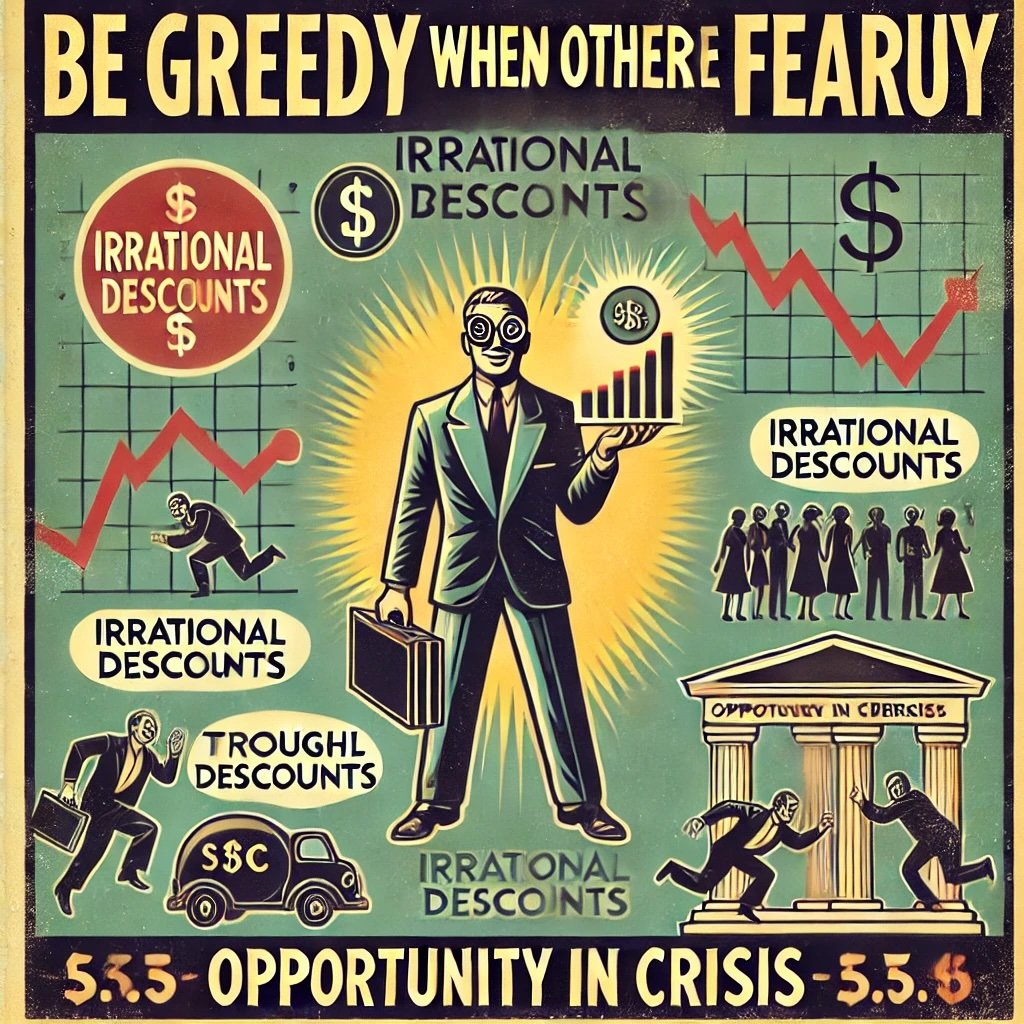
Contrarian Thinking: Seizing Opportunities in Crisis
“Be Greedy When Others Are Fearful”
If there’s one Buffett quote that has woven itself into the public consciousness, it’s “Be fearful when others are greedy, and greedy when others are fearful.” This phrase captures a key contrarian insight. In exuberant bull markets, valuations can become bloated as euphoria replaces logic. Buffett tends to tread cautiously in such environments. Conversely, in bear markets or crises, panic often drives prices well below intrinsic value—a perfect chance to buy, from his perspective. Identifying these mispricings requires a cool head and thorough research. Fear-based selling usually reflects collective psychology more than a fundamental collapse in a company’s worth.
For individual investors, this contrarian stance means you should be vigilant during recessions or market plunges. While others frantically offload stocks to “cut losses,” you can systematically evaluate whether high-quality firms are trading at irrational discounts. If the underlying businesses remain sound, scooping up shares at such times can yield robust future returns. The hardest part is maintaining emotional restraint when market sentiment is dire, but that is precisely where Buffett thrives.
Identifying High-Quality Bargains
Seizing opportunities in a downturn doesn’t mean grabbing every stock that plummets. Buffett discerns quality from mere cheapness. He scrutinizes earnings potential, debt levels, executive leadership, and market position. A stock’s 50% drop might lure some bargain hunters, but for Buffett, it’s only a bargain if the intrinsic value significantly exceeds the current price. Otherwise, you might be stepping into a “value trap,” where a company is cheap because it’s genuinely deteriorating.
One tactic is to maintain a watchlist of strong companies with moats, waiting patiently for market disruptions that push their valuations below historical or fair-price levels. This pre-emptive approach spares you from making hasty decisions in the midst of panic. By the time a crash occurs, you already know which stocks you’d buy if they traded at certain price points.
Avoiding Speculation
Contrarian thinking can morph into reckless speculation if not grounded in Buffett’s fundamental principles. Buying a crumbling company solely because it’s cheap can backfire if the enterprise has no real prospects of recovery. Buffett’s contrarian moves come after rigorous analysis. He’s not wagering on improbable comebacks; he’s leveraging the gap between a business’s actual worth and the market’s temporarily depressed valuation.
Additionally, Buffett steers clear of chasing hot stocks or fads, even if they’re “on sale” relative to their recent peaks. He must see a tangible, sustainable competitive advantage. In crisis periods, many high-growth or concept-driven stocks crumble because the hype dissipates. Buffett wouldn’t snap them up simply because they’re cheaper. He remains disciplined, searching for enduring fundamentals, not fleeting narratives.
Emotional Fortitude and a Steady Hand
Implementing contrarian strategies, especially in the depths of a recession, demands emotional resilience. It’s daunting to buy while everyone else sells. That’s why Buffett’s mindset—rooted in thorough understanding, an intrinsic value framework, and the confidence that downturns are cyclical rather than apocalyptic—empowers him to act rationally when fear reigns. The payoff can be significant: Buffett’s most lucrative deals often happen when the market sentiment is darkest.
If you’re considering a contrarian stance, ensure you’re prepared emotionally and financially. Confirm you have enough cash reserves to seize opportunities without jeopardizing your basic security. And as always, do the homework so you know you’re buying something valuable rather than a hollow shell. This synergy of preparation, knowledge, and courage encapsulates how Buffett transforms panic into profit.
![]()
Actionable Steps: Applying Buffett’s Strategies to Your Portfolio
Build a Watchlist of Durable Companies
Before market turbulence arises, create a list of businesses that align with Buffett’s value criteria. Look for those with economic moats, stable earnings, and limited debt. Study annual reports, track their performance across various market conditions, and set target entry prices grounded in intrinsic value. By proactively researching, you’ll avoid frantic last-minute decisions during a downturn. You’ll also cultivate the discipline to wait for those stocks to trade at or below your ideal price, instead of chasing them in a frothy market.
Moreover, consider dividing your watchlist into tiers. Tier 1 could contain your highest-conviction names—iconic brands or vital service providers that you’re nearly certain will endure crises. Tier 2 might feature younger or more cyclical companies that still have moats but require deeper analysis. This hierarchy helps you prioritize where to deploy limited capital if a widespread sell-off presents multiple opportunities.
Keep Cash Ready
Following Buffett’s example of liquidity, maintain a portion of your portfolio in cash. The exact amount depends on personal factors: your risk appetite, job stability, and overall net worth. But even 5-10% in accessible form can serve as “opportunity capital” during downturns. If you’re forced to liquidate assets at depressed prices to meet urgent expenses, that intensifies losses and stress. By having a cushion, you give yourself the freedom to ride out market dips or buy bargains rather than panic-sell.
Importantly, define rules for when and how you’ll invest this cash. Will you drip-feed it into stocks as prices fall, or wait for a certain threshold (like a 20% market correction)? Clarity about your approach mitigates emotional impulses. Buffett’s readiness to “pull the trigger” stems from premeditated guidelines, not spontaneous whims.
Think Long-Term
Set explicit time horizons for your investments. If you’re purchasing shares in a stable, dividend-paying firm, you might vow not to reevaluate for at least three to five years unless the business fundamentals deteriorate. By labeling your positions as long-term, you psychologically guard against reacting to daily price moves. This concept might seem straightforward, but formalizing it—say, by jotting it down in an investment journal—reinforces your commitment.
In parallel, remember that compound returns flourish over time. If you’re constantly shifting your money around, incurring transaction fees or short-term capital gains taxes, you’re hindering compounding’s true power. Buffett’s approach involves minimal turnover, further reducing the potential for error.
Focus on Fundamentals, Not Headlines
During market downturns, news outlets often amplify fear with sensational headlines. If your phone pings hourly with crisis updates, your stress levels can skyrocket, potentially prompting rash moves. Counter this by anchoring your perspective in the fundamental data you’ve gathered. Did the companies you own suffer a meaningful drop in earnings? Has their competitive edge vanished? If not, a plunging stock price might represent a transient market mood rather than a genuine threat to your holdings.
You might set rules limiting how often you check stock prices or financial news—perhaps once a week instead of multiple times daily. This small habit aligns with Buffett’s practice of ignoring short-term market swings. He relies on business performance metrics, not hourly trading data, to guide decisions.
Synthesize and Act
Combining all these steps yields a comprehensive toolkit for safeguarding your portfolio during downturns:
- Preemptive Discovery: Identify high-quality, moat-rich companies before a crisis hits.
- Cash Buffer: Maintain liquidity so you aren’t forced to sell in desperation and can pounce on opportunities.
- Long Horizon: Commit to a timeframe that mitigates the sting of short-term volatility.
- Headlines vs. Data: Let fundamentals steer you, not sensational media narratives.
Market downturns are woven into the fabric of investing. They may strike unpredictably, triggered by economic shifts, global crises, or simple fluctuations in investor confidence. Yet, Warren Buffett demonstrates that these events needn’t be catastrophic if you’re prepared and guided by disciplined principles.
In essence, protecting against downturns is less about predicting when they’ll occur and more about structuring your portfolio—and your mindset—in a way that can endure them. Buffett’s track record attests that such careful, principle-based preparation not only preserves capital during slumps but also lays the groundwork for profiting from undervalued opportunities. By integrating these practices, you too can transform inevitable downturns from ordeals to opportunities in your long-term wealth journey.
Warren Buffett’s Strategies for Protecting Your Portfolio in Market Downturns: 12-Question FAQ (Calm, Durable, Buffett-Style Risk Management)
How does Warren Buffett define “risk” during market downturns?
Risk is not short-term price swings; it’s the chance of permanent capital loss from owning what you don’t understand, paying too much, or using too much leverage. Buffett manages risk by staying within his circle of competence, demanding a margin of safety, and avoiding fragile balance sheets.
What is Buffett’s first line of defense when markets tumble?
Quality first. Own durable businesses with wide moats, strong free cash flow, prudent debt, and pricing power. When earnings power is resilient, temporary price declines are less threatening.
How much diversification does Buffett think you need to reduce drawdown pain?
Enough to avoid single-stock ruin, but not so much that you dilute conviction. For most investors, broad index funds or a focused basket of high-quality companies across sectors balances resilience and simplicity.
Why does Buffett hold so much cash, and how should I apply that?
Cash is an option on future bargains and a psychological buffer. Keep a deliberate liquidity sleeve (e.g., T-Bills/short-duration) so you’re never a forced seller and can buy when fear is high and prices are rational.
What is a “margin of safety,” and how does it help in crashes?
It’s the gap between price paid and conservative intrinsic value. Buying with a margin of safety cushions mistakes and downturns, lowering the odds of permanent loss.
How does Buffett decide whether to buy more, hold, or sell during a slump?
He re-checks business fundamentals (moat, cash flows, leverage, management) versus price. If value is intact and price is cheaper, he adds; if the thesis is broken, he exits; otherwise he does nothing.
What role do moats play when the economy contracts?
Moats (brand, network effects, cost advantage, switching costs, regulation) preserve cash flows when demand softens. Firms with moats hold share, maintain pricing, and recover faster.
How can everyday investors copy Buffett’s temperament in bear markets?
Use rules and checklists: pre-write a drawdown plan, limit quote-checking, rebalance on a schedule, and judge yourself by process (savings rate, asset mix, holding period)—not last week’s returns.
Should I use leverage or margin to “buy the dip” like a pro?
Buffett avoids fragility. Leverage turns volatility into solvency risk. Prefer unlevered buying power from cash reserves over margin, especially when volatility and funding costs spike.
What’s the Buffett-style playbook for rebalancing in a downturn?
Rebalance mechanically (time-based or band-based). Trim assets that held up; add to those with intact fundamentals that fell. Keep fees, taxes, and trading to a minimum.
How do dividends and buybacks fit Buffett’s downturn strategy?
Healthy firms keep paying and retiring shares through cycles, boosting per-share value. In slumps, disciplined buybacks at attractive prices are especially accretive—another sign of quality.
What are the three Buffett-inspired steps I can implement today?
Quality watchlist with target buy ranges (moat + low debt).
Liquidity sleeve (cash/T-Bills) sized to your needs.
Written policy: allocation, rebalance rules, and drawdown actions to prevent panic decisions.
Important Information
Comprehensive Investment Disclaimer:
All content provided on this website (including but not limited to portfolio ideas, fund analyses, investment strategies, commentary on market conditions, and discussions regarding leverage) is strictly for educational, informational, and illustrative purposes only. The information does not constitute financial, investment, tax, accounting, or legal advice. Opinions, strategies, and ideas presented herein represent personal perspectives, are based on independent research and publicly available information, and do not necessarily reflect the views or official positions of any third-party organizations, institutions, or affiliates.
Investing in financial markets inherently carries substantial risks, including but not limited to market volatility, economic uncertainties, geopolitical developments, and liquidity risks. You must be fully aware that there is always the potential for partial or total loss of your principal investment. Additionally, the use of leverage or leveraged financial products significantly increases risk exposure by amplifying both potential gains and potential losses, and thus is not appropriate or advisable for all investors. Using leverage may result in losing more than your initial invested capital, incurring margin calls, experiencing substantial interest costs, or suffering severe financial distress.
Past performance indicators, including historical data, backtesting results, and hypothetical scenarios, should never be viewed as guarantees or reliable predictions of future performance. Any examples provided are purely hypothetical and intended only for illustration purposes. Performance benchmarks, such as market indexes mentioned on this site, are theoretical and are not directly investable. While diligent efforts are made to provide accurate and current information, “Picture Perfect Portfolios” does not warrant, represent, or guarantee the accuracy, completeness, or timeliness of any information provided. Errors, inaccuracies, or outdated information may exist.
Users of this website are strongly encouraged to independently verify all information, conduct comprehensive research and due diligence, and engage with qualified financial, investment, tax, or legal professionals before making any investment or financial decisions. The responsibility for making informed investment decisions rests entirely with the individual. “Picture Perfect Portfolios” explicitly disclaims all liability for any direct, indirect, incidental, special, consequential, or other losses or damages incurred, financial or otherwise, arising out of reliance upon, or use of, any content or information presented on this website.
By accessing, reading, and utilizing the content on this website, you expressly acknowledge, understand, accept, and agree to abide by these terms and conditions. Please consult the full and detailed disclaimer available elsewhere on this website for further clarification and additional important disclosures. Read the complete disclaimer here.

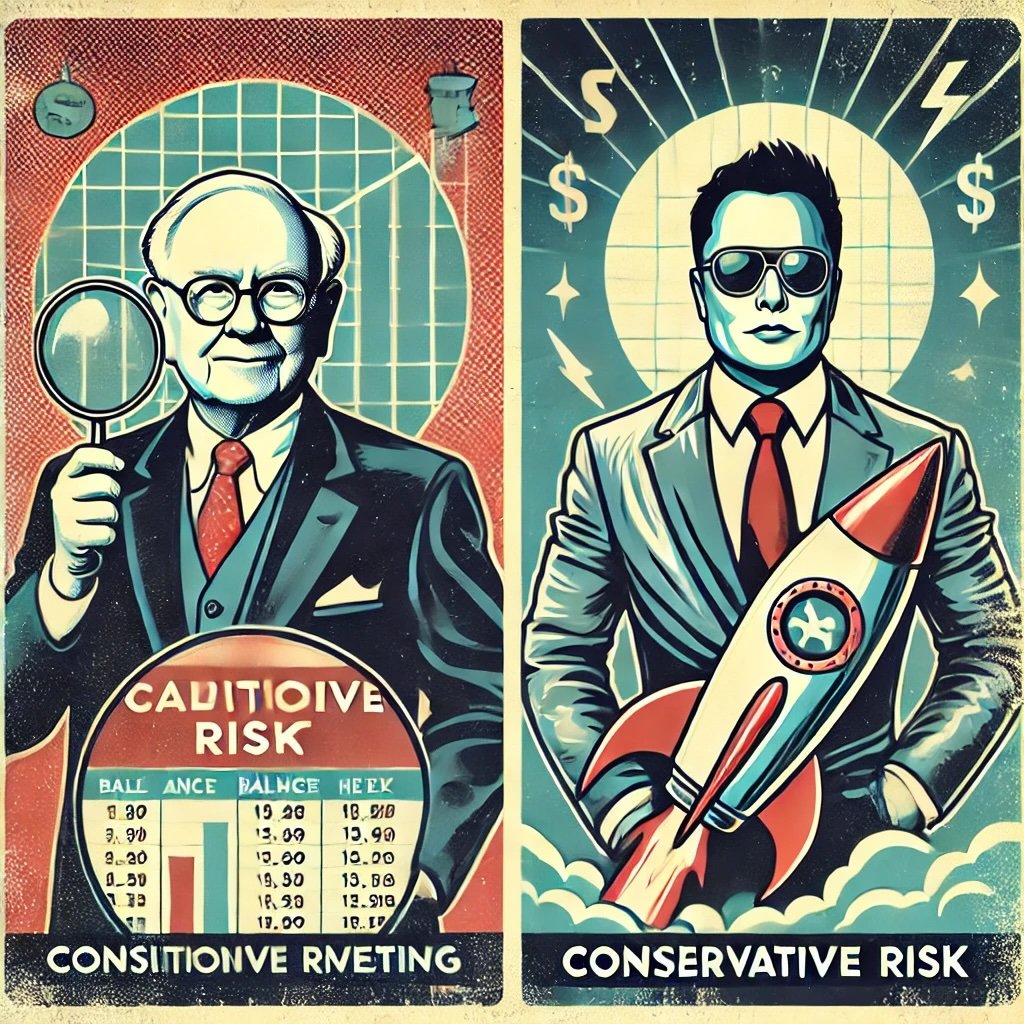
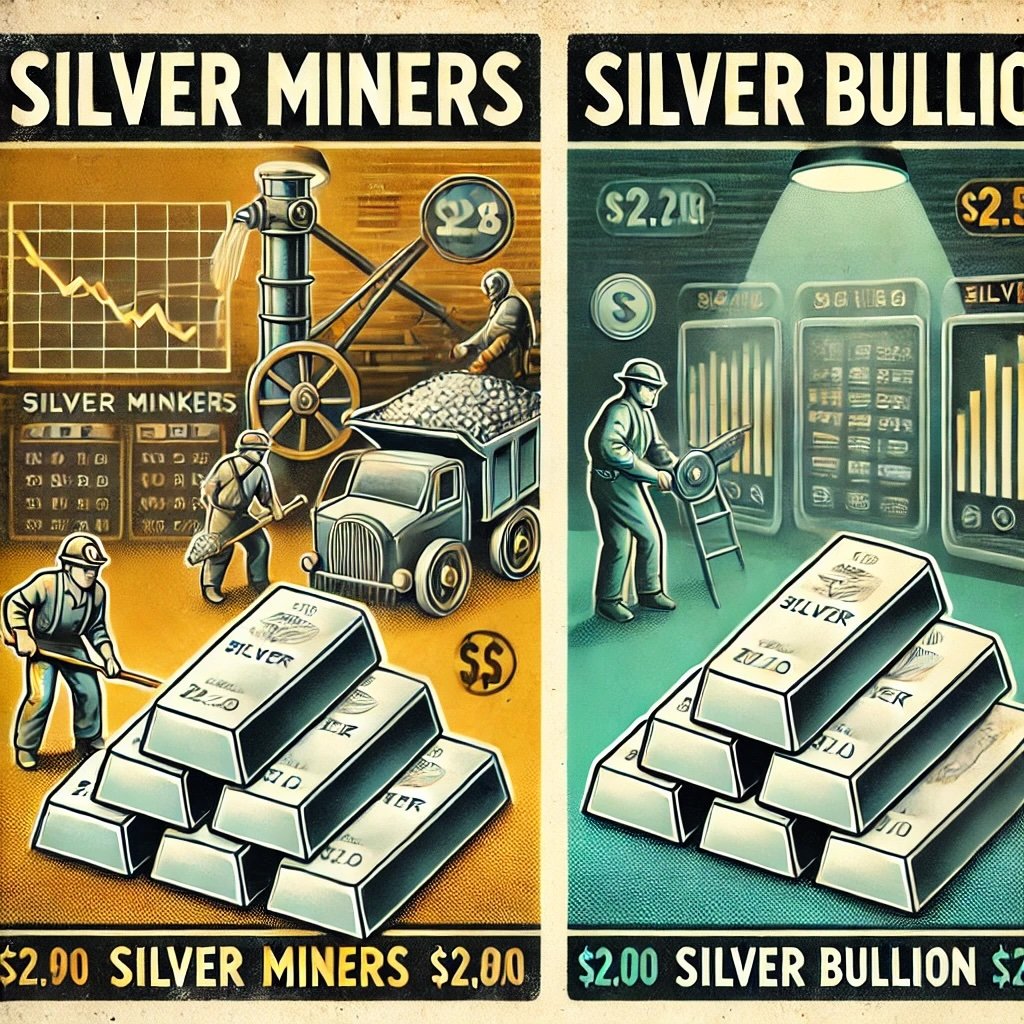
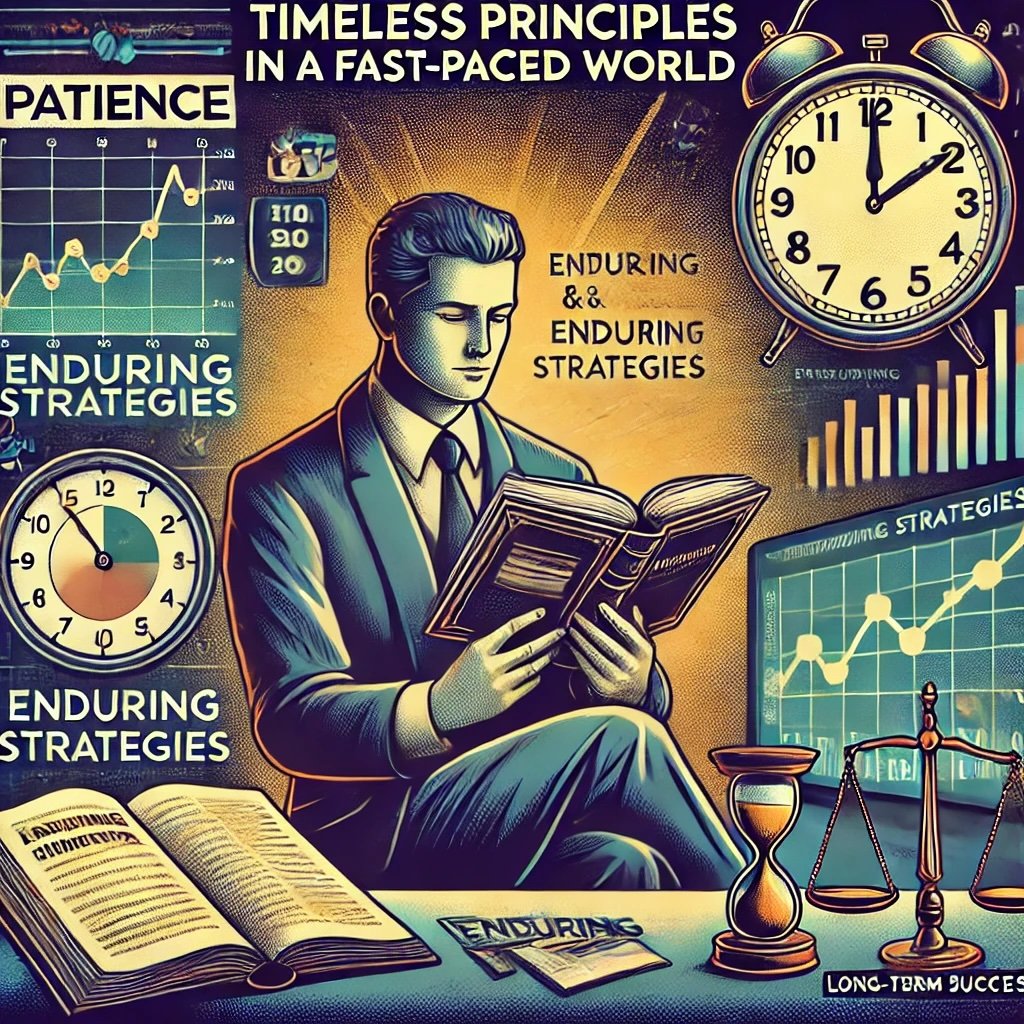

what the fucking fuck ai goobbble